Inside Issue 2
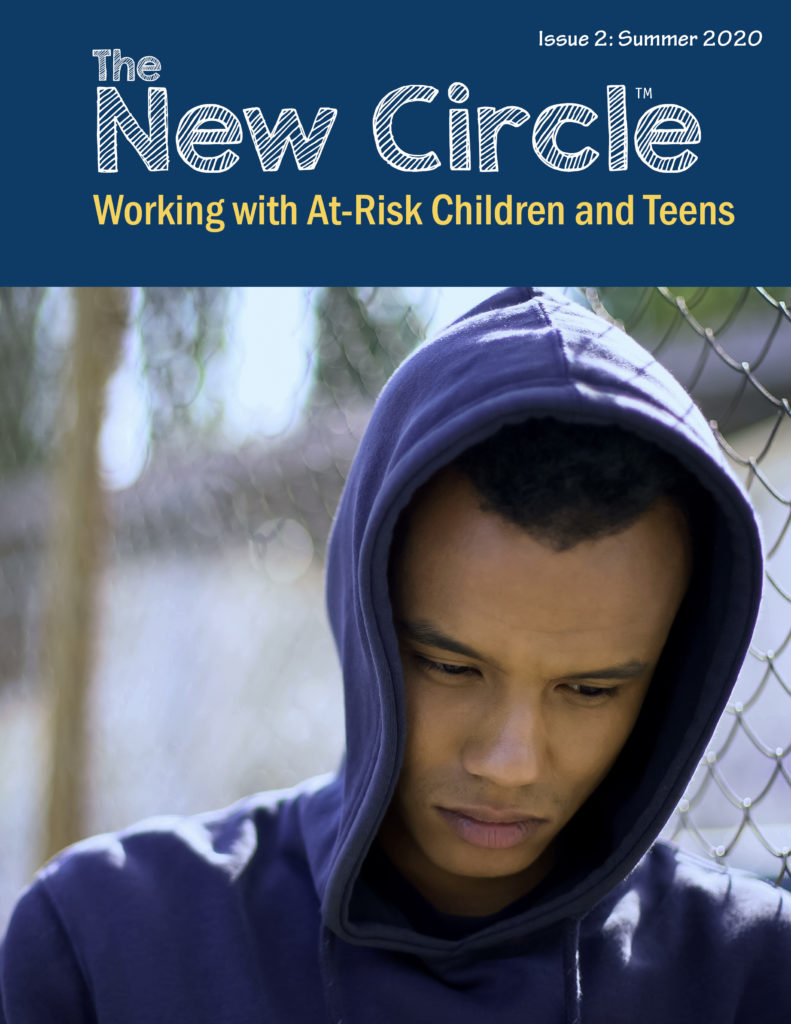
Issue 1 of The New Circle laid a foundation of ideas for the forum we intended to provide in future issues of the magazine. In Issue 2, we have begun building on that foundation. In the Helping Professions department, we have articles that address the ongoing challenges of our work, as well as the new challenges presented by the COVID-19 pandemic. In the Helping Interventions department, the articles discuss specific programs that can serve as models of best practices in meeting the needs of at-risk children and adolescents. And in the Childhood Adversity department we continue our in-depth discussions of factors that put children and adolescents at risk for a variety of difficulties.
- A Time for Adaptation and Innovation
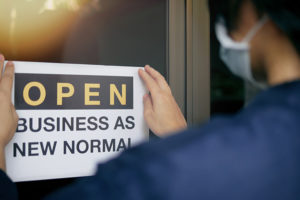 Phil Rich, editor-in-chief of The New Circle, introduces the 2nd issue, welcomes the authors, and summarizes the goals of the articles in the Helping Professions, Helping Interventions, and Childhood Adversity departments, while directing our attention to the common, and timely, theme running through the articles—the additional challenges presented by the COVID-19 pandemic and the socio-economic and social stress felt across the United States.
Phil Rich, editor-in-chief of The New Circle, introduces the 2nd issue, welcomes the authors, and summarizes the goals of the articles in the Helping Professions, Helping Interventions, and Childhood Adversity departments, while directing our attention to the common, and timely, theme running through the articles—the additional challenges presented by the COVID-19 pandemic and the socio-economic and social stress felt across the United States. - Professionals at the Front Lines of COVID-19: Complexities and a Return to the Basics
 As David Prescott, publisher of The New Circle, says in this article, five months into what is clearly a long journey, the emphasis is shifting from how we are going to live through the pandemic to how we are going to live with it for the foreseeable future. His article is about how COVID-19 has forced us to re-examine virtually every aspect of the structures underlying our practice.
As David Prescott, publisher of The New Circle, says in this article, five months into what is clearly a long journey, the emphasis is shifting from how we are going to live through the pandemic to how we are going to live with it for the foreseeable future. His article is about how COVID-19 has forced us to re-examine virtually every aspect of the structures underlying our practice. - When the World of Children and Teenagers Goes Online
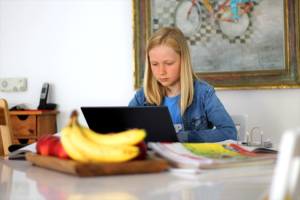 Lauren Busfield reminds us that the policy of limiting children’s access to the Internet—advocated for years by educators and health officials—has been turned on its head by the COVID-19 pandemic. The fact that in the year 2020, our children’s education and social lives exist mostly online has become a reality that we were not ready to face. How do parents and helping professionals adjust to the newfound importance of technology to our children’s well-being?
Lauren Busfield reminds us that the policy of limiting children’s access to the Internet—advocated for years by educators and health officials—has been turned on its head by the COVID-19 pandemic. The fact that in the year 2020, our children’s education and social lives exist mostly online has become a reality that we were not ready to face. How do parents and helping professionals adjust to the newfound importance of technology to our children’s well-being? - There is No Such Thing as a Child: Part One…
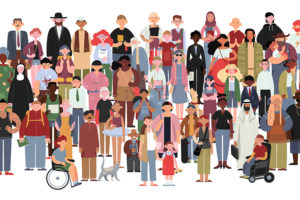 As a child psychiatrist and a parent, Stuart Copans has concluded that a child can only be understood—and treated—in the context of the child’s family and social environment. In this article, Dr. Copans explains how, in his own practice, he has used a tool called the family map, or genogram, to collect general family information so that he can better locate and understand his patients’ behavioral problems.
As a child psychiatrist and a parent, Stuart Copans has concluded that a child can only be understood—and treated—in the context of the child’s family and social environment. In this article, Dr. Copans explains how, in his own practice, he has used a tool called the family map, or genogram, to collect general family information so that he can better locate and understand his patients’ behavioral problems. - Changing Our Mindset: The Challenges of Working With At-Risk Students in the School Setting
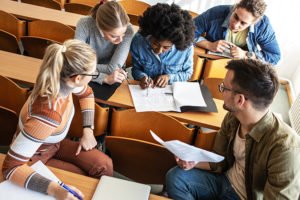 In this article, Linda Metcalf, feature editor for educational settings, launches our ongoing conversation about the challenges faced by at-risk students, the school-to-prison pipeline, and the struggle to work effectively with them in the school environment with a discussion of how the challenges of “reaching and teaching” these students have been met by a school whose student body is composed entirely of at-risk teenagers.
In this article, Linda Metcalf, feature editor for educational settings, launches our ongoing conversation about the challenges faced by at-risk students, the school-to-prison pipeline, and the struggle to work effectively with them in the school environment with a discussion of how the challenges of “reaching and teaching” these students have been met by a school whose student body is composed entirely of at-risk teenagers. - Clinical Support: Mentoring At-Risk Youths Cannot Succeed Without It
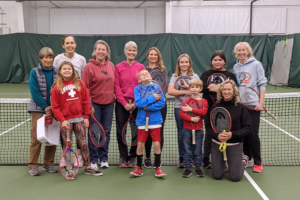 Erika Linskey, the Director of Safer Society’s New Circle Mentoring Program, discusses two key aspects of a successful mentoring program for at-risk youths: a clinical component and mentor retention and longevity; then describes how Safer Society’s program filled both of those needs through a partnership with a local counseling service.
Erika Linskey, the Director of Safer Society’s New Circle Mentoring Program, discusses two key aspects of a successful mentoring program for at-risk youths: a clinical component and mentor retention and longevity; then describes how Safer Society’s program filled both of those needs through a partnership with a local counseling service. - Racial Stress in Children and Adolescents
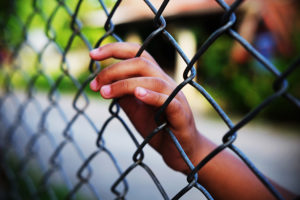 In this article, Apryl Alexander, feature editor for cultural adversity, begins an ongoing conversation about racial stress and systemic injustices with a focus on the particular effects on children of what has been termed, racial microaggressions—commonplace daily verbal, behavioral, and environmental indignities, both intentional and unintentional, that communicate hostile, derogatory, or negative racial slights and insults.
In this article, Apryl Alexander, feature editor for cultural adversity, begins an ongoing conversation about racial stress and systemic injustices with a focus on the particular effects on children of what has been termed, racial microaggressions—commonplace daily verbal, behavioral, and environmental indignities, both intentional and unintentional, that communicate hostile, derogatory, or negative racial slights and insults. - Building a Counseling Relationship with Adolescents who Have Experienced Physical Abuse
 In this article for our series on adverse childhood experiences (ACEs), author Lori Miller discusses physical abuse, the most commonly reported adverse childhood experience in the U.S.—why it results in resistance to psychotherapy and how therapists can help teens who have been carrying the physical and emotional scars of repeated abuse open up to them.
In this article for our series on adverse childhood experiences (ACEs), author Lori Miller discusses physical abuse, the most commonly reported adverse childhood experience in the U.S.—why it results in resistance to psychotherapy and how therapists can help teens who have been carrying the physical and emotional scars of repeated abuse open up to them. - Issue 2 – Caption This
 In the Caption This section of The New Circle, we will publish an uncaptioned cartoon for readers to think about and have fun imagining possible captions.
In the Caption This section of The New Circle, we will publish an uncaptioned cartoon for readers to think about and have fun imagining possible captions.
